You’ve been wondering where the genre of Science Fiction will be going in 2019, haven’t you? I knew it. You’ve landed at the right blog post.
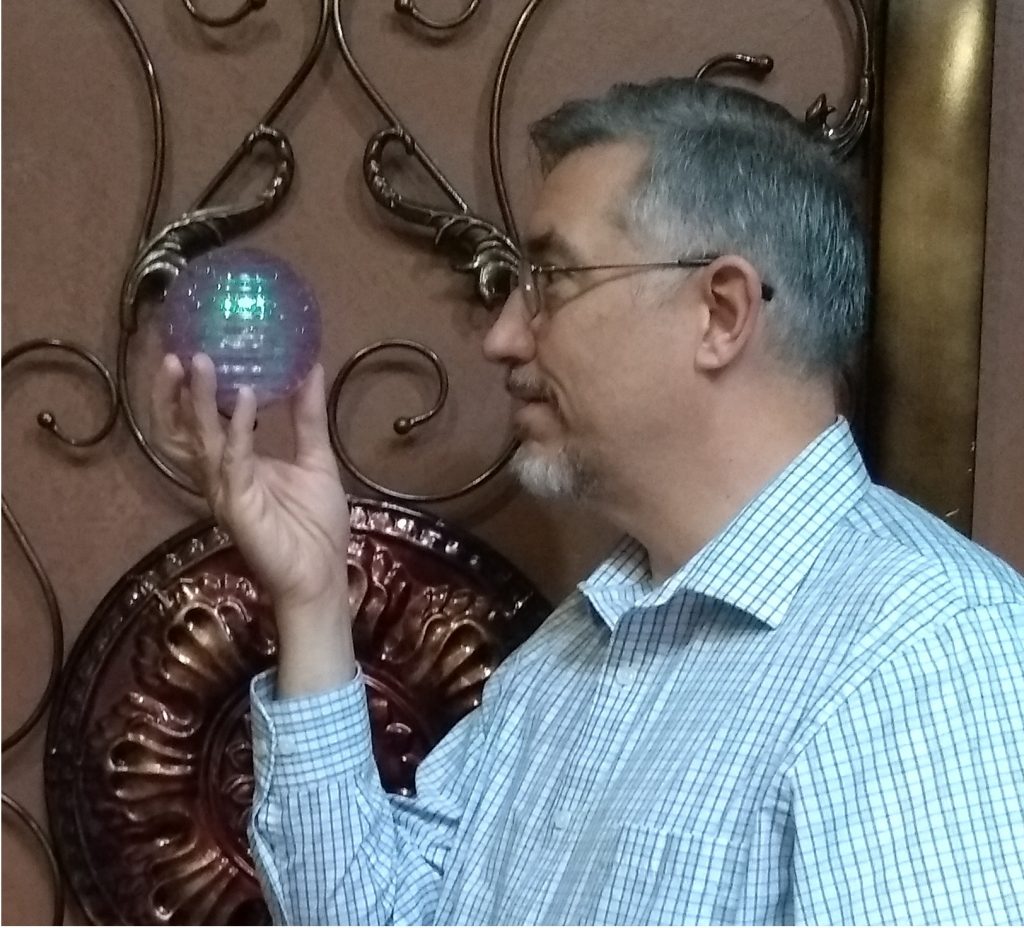
How do I know the future, you ask? Do I have a crystal ball? No. That would be irrational and silly. I have a CRISTAL ball, a Computerized Recursive and Iterative Stabilizing Trend ALgorithm, which I packaged in a spherical shape for optimized computing speed.
Diagnostic checks are complete and the presets are accurate, so I’ll set parameters for 2019 and access the graphical interface. Let me gaze into my CRISTAL ball…
- In 2019, you’ll see more science fiction books written by authors from previously underrepresented groups (women, people of color, LGBTQ, etc.) and these books will explore concepts of belonging and isolation, as well as bending our current notions of gender and race.
- The superhero theme in movies will peak and begin a gradual decline. It’s been an amazing ride, but I believe the market has saturated and audiences are getting tired.
- Very few, if any, best-selling scifi books will feature faster-than-light drive. Most authors have accepted Einstein’s speed of light limit. FTL now seems hokey to readers.
- Having already peaked, the steampunk and alternate history genres will continue to wane in books and movies, though they may retain strength in the video gaming world. This genre trend in books is troubling to me, since I enjoy writing steampunk and other alternative history.
- We’ll see more Solarpunk, and the Punk Family will grow by a few more. I think there’s a great deal of uncharted territory in the solarpunk genre and a general hunger for it among readers. Most new ‘punks’ added in 2019 will be future-based, rather than alternative histories.
- There will be fewer dystopian young adult books, and there will be an upsurge in YA depicting a positive (though not utopian) future. I think dystopias have run their course for the time being, and readers are ready for less bleak outlooks.
- Overall, as a genre, science fiction will do well in the visual media of movies, video games, and graphic novels, but not in traditional book form. Plenty of authors enjoy writing scifi, but readers will turn away from this genre in greater numbers. This is another prediction I find personally disappointing.
- The trend toward series novels will remain strong. Once modern readers make an emotional investment in a set of characters and their fictional world, they want to know what happens after the first novel, and after the next.
At the end of 2019, I intend to run a blog post confirming the accuracy of my CRISTAL ball. In the meantime, you can tell everyone you’ve glimpsed the future, as predicted by —
Poseidon’s Scribe


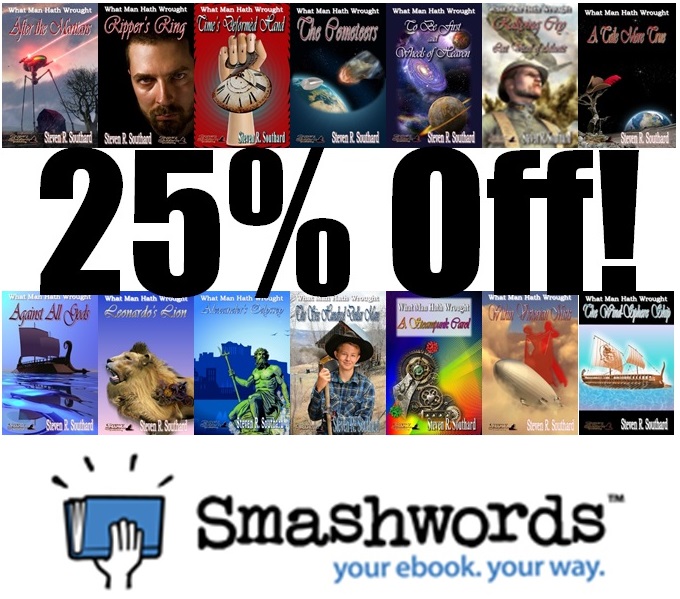
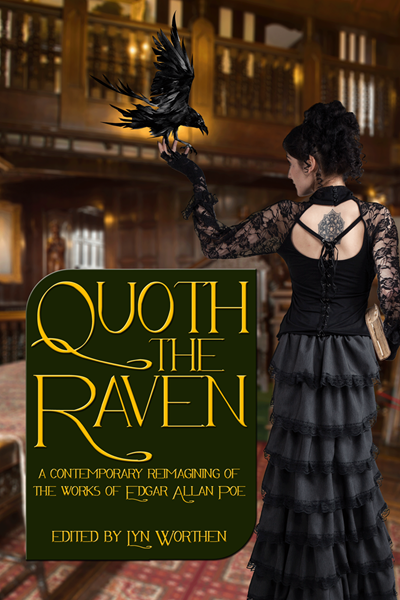
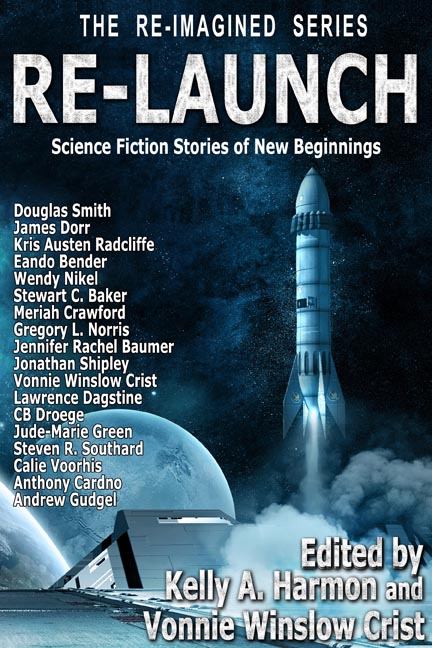
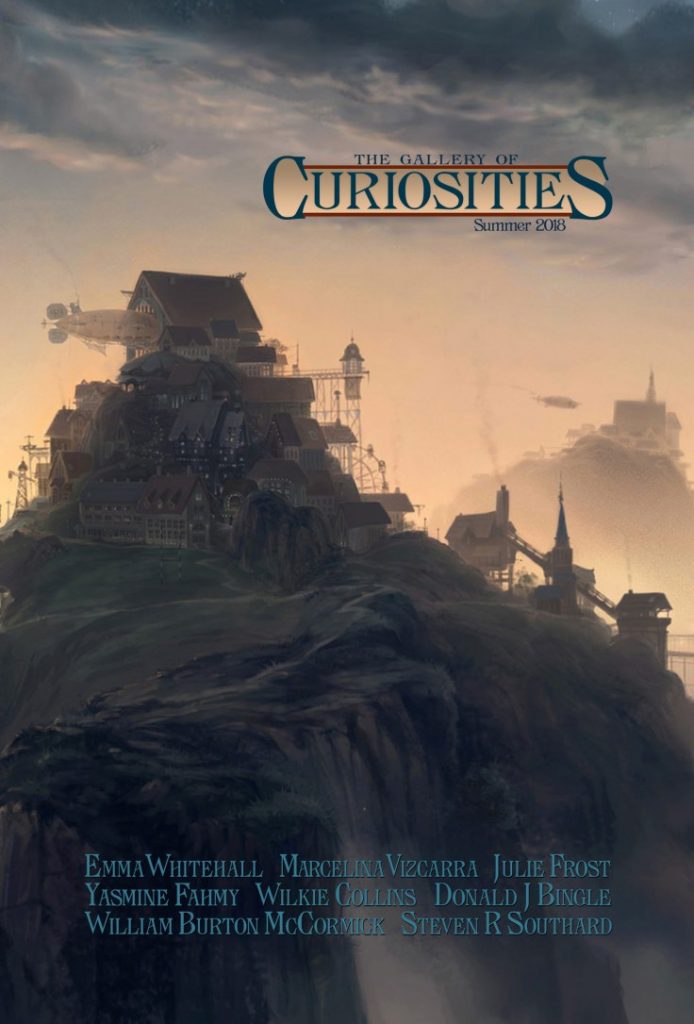
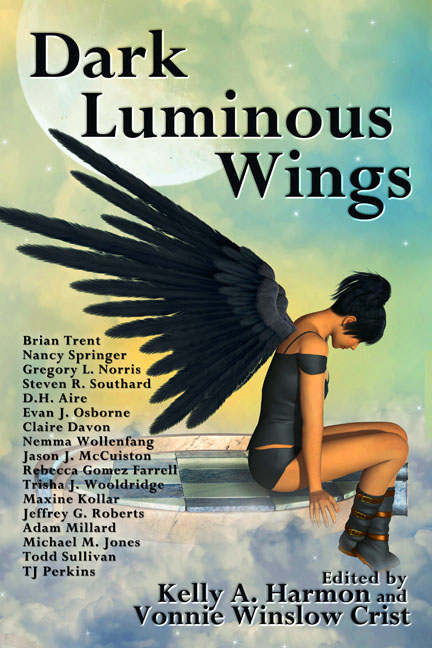
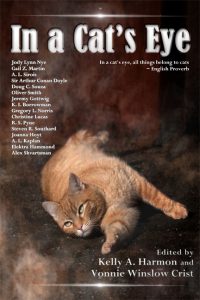
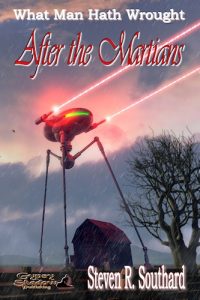
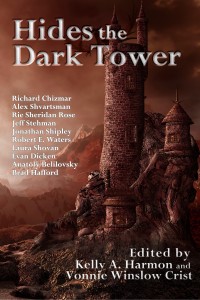
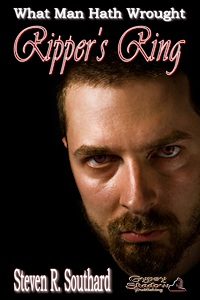
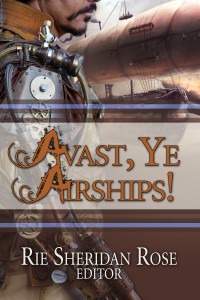

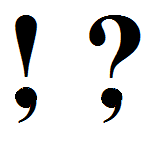
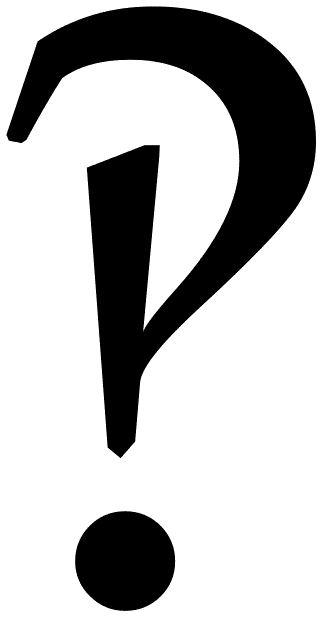

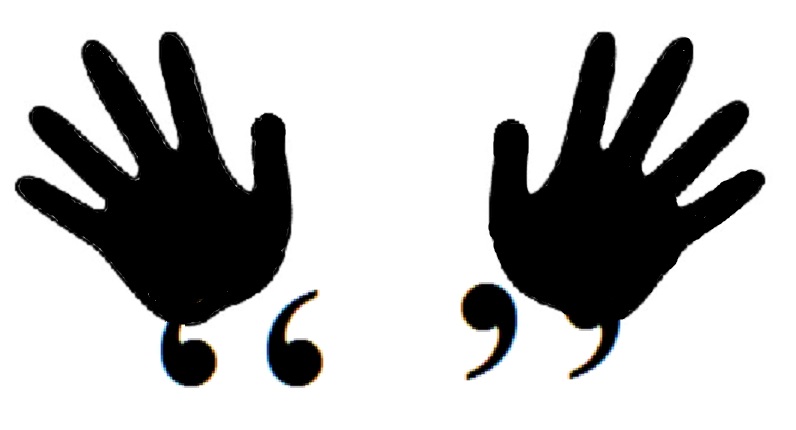

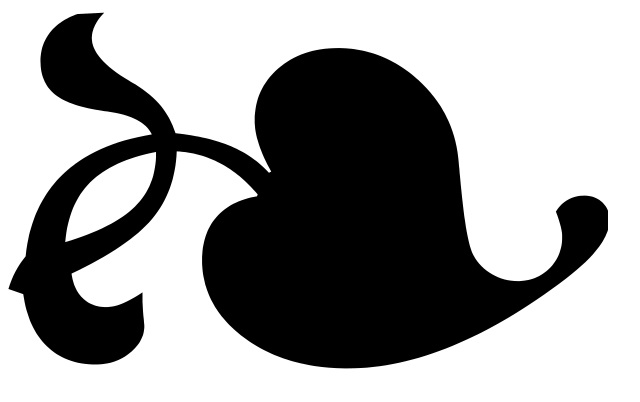
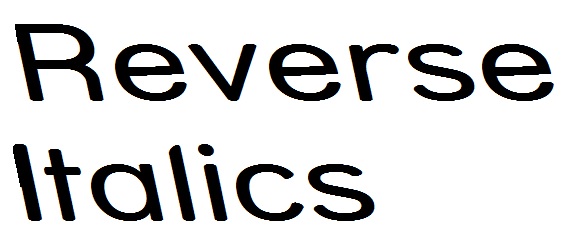


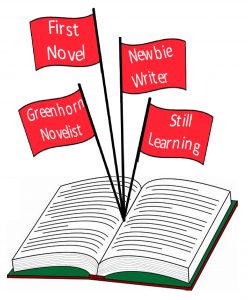 Author Anne R. Allen wrote an
Author Anne R. Allen wrote an